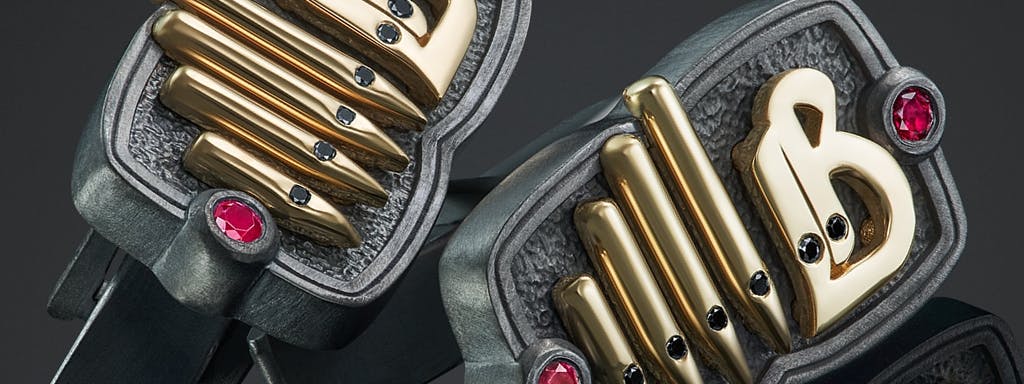The organ has a long and fascinating history. Their original archetypes were ancient wind instruments, such as flutes and bagpipes. It is believed that such instruments served as prototypes due to their structure: the flute had many pipes combined into one instrument, and the bagpipes had a mechanism for indirectly driving air to the pipes, rather than using the mouth.
Later on, a keyboard was added to this mechanism and it became an instrument known as a hydraulis. It was constructed in the first half of the 3rd century BC by a certain Ktesibios, an inventor from Alexandria. Because the hydraulis produced loud and harsh sounds, it was used for performances in circuses, fairs, and open-air festivals. The peak of its popularity was during the Roman Empire, during which time Emperor Nero is said to have played it well.

Replacing the water compressor with air-pumping bellows marked the beginning of the era of pneumatic organs. The player could sit and press the bellows with his hands or feet, creating a blast of air in the instrument. The oldest remains of a pneumatic organ found date back to the 3rd century AD. Over the centuries, the instrument was modified many times until electronic components were developed.
Today, the organ is a valued instrument in sacred and concert music. Its powerful sound and versatile capabilities allow the interpretation of various musical compositions, from Baroque works by Bach to contemporary compositions by Messiaen.
The instrument's unique history inspired the design of these cufflinks. The yellow pipes refer to monumental instruments and prototypes, such as the flute. Next to them are the owner's initials, designed by one of Poland's best typographers, Grzegorz Klimczewski. In each pipe and letter are framed black diamonds, depicting the notches through which sound escapes. The composition is completed by a blackened negative space in a classical frame complemented by rubies.

